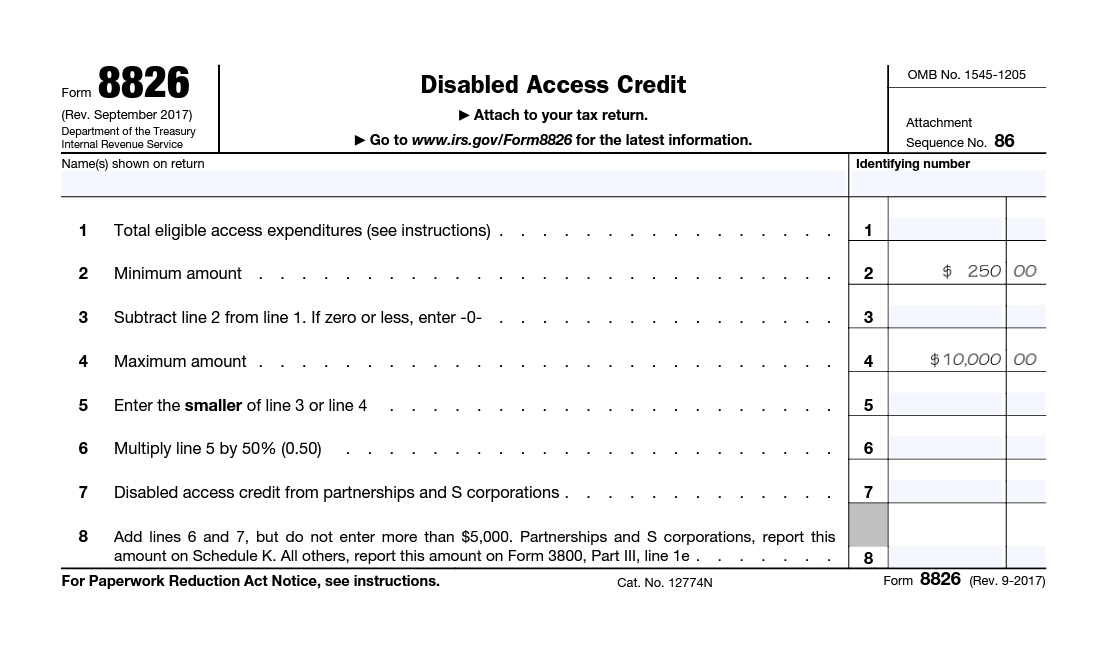It's Time to Get WISE.
Patrick Dillon
CEO
Matthew Hinkle
Director of Accounts
Apply Today
Please fill out the information below. Someone on our team will reach out in 3-5 business days to schedule a call if we see a good fit.
Book Patrick Dillon
Thanks for your interest in booking WISE CEO Patrick Dillon on your podcast! Please complete the form below, and a team member will contact you shortly.

Remove Negative Reviews.
ADA Compliance: Is Your Website Safe From Lawsuits?

November 21, 2022
- 4 min read

Did you know that in 2021 alone, American businesses received 265,000 demand letters for violations of accessibility standards on their websites? It’s a number that continues to grow exponentially year by year.
The demand letters request that a business pay restitution and take immediate action to become compliant with the Americans With Disabilities Act. If not resolved, the next step is a costly lawsuit. UsableNet, a company focused on making the digital world accessible, reports ADA compliance lawsuits have been climbing dramatically since 2015, with businesses in California, New York, and Florida hit the hardest.
Of those states, California businesses seem to be hit the worst, in part because of the Unruh Act (CA Civil Code 51). Under section 52 of the CA Civil Code, victorious plaintiffs are entitled to up to 3X the actual damages, no less than $4,000 statutory damages.
Plaintiffs law firms are getting increasingly efficient at identifying SMBs to target. And 49.08% of the lawsuits filed in 2020 were filed by just 5 law firms in the U.S.
So if you’re a business owner, what are you on the hook for when it comes to ADA compliance? And how can you avoid getting sued if you receive a demand letter? We have the answers.
Why a Business Website Must Be ADA Compliant
The Americans with Disabilities Act of 1990 is a civil rights law prohibiting discrimination based on an individual’s disability. This law applies to areas of public life (such as jobs, schools, and transportation) and private places that are open to the general public.
If you’re wondering how this law applies to a business website, the answer is simple. Because it’s available to the public, a business website needs to be accessible to people with disabilities. Imagine, for example, how difficult it would be for someone who is color-blind to read website text if there isn’t enough contrast between the copy and the background. Or how hard it would be for someone with a hearing disability to understand what’s happening in a video if there aren’t any captions.
The specific criteria for website accessibility are detailed within a set of guidelines outlined by the World Wide Web Consortium (W3C), an international organization that sets website standards.
Additionally, the U.S. Department of Justice Civil Rights Division outlines its guidance in its March 2022 publication Guidance on Web Accessibility and the ADA. In it, the DOJ states:
“People with disabilities navigate the web in a variety of ways. People who are blind may use screen readers, which are devices that speak the text that appears on a screen. People who are deaf or hard of hearing may use captioning. And people whose disabilities affect their ability to grasp and use a mouse may use voice recognition software to control their computers and other devices with verbal commands.
“The ways that websites are designed and set up can create unnecessary barriers that make it difficult or impossible for people with disabilities to use websites, just as physical barriers like steps can prevent some people with disabilities from entering a building. These barriers on the web keep people with disabilities from accessing information and programs that businesses and state and local governments make available to the public online. But these barriers can be prevented or removed so that websites are accessible to people with disabilities.”
What To Do if You Receive a Demand Letter
First, contact an attorney to discuss the matter. Second, enlist the help of a trusted web partner, such as WISE Digital, to ensure your website is ADA-compliant.
We offer a free website audit that scans for ADA compliance, plus we’ll look for other ways you can improve your website. If your website isn’t accessible, we charge a one-time setup fee and an ongoing management fee to keep it compliant moving forward.
Additionally, many small businesses can qualify for a $5,000 tax credit to offset the cost of ensuring their website is ADA-compliant. All you need to qualify is total revenues of $1 million or less in the previous tax year OR fewer than 30 full-time employees. We’ve helped several of our clients get the documentation they need to claim the tax credit, and we can help you too.

Need help with ADA compliance? Schedule a call with us today!
Share
Subscribe to WISE Insights
Stay ahead of the digital marketing curve and never miss a lucrative trend or insightful tidbit – subscribe to our WISE blog!
Keep Reading
Build. Grow. Soar.
Get WISE about digital marketing with advanced services, industry experts, and cutting-edge tools designed for long-term, sustainable growth.








